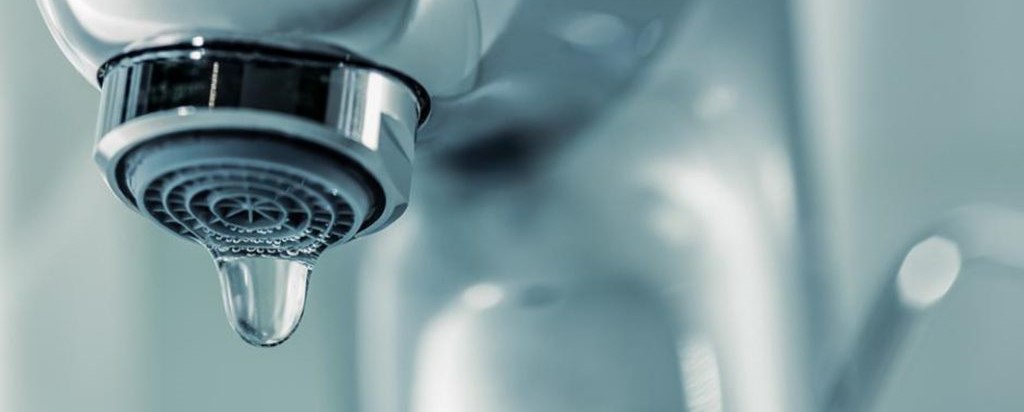Unveiling Common Triggers Behind House Water Leak Concerns
Unveiling Common Triggers Behind House Water Leak Concerns
Blog Article
Every person maintains their private assumption in relation to How Fast Water Damage Can Ruin Your Home.

Leaks not just create waste of water but can additionally create unneeded damage to your house as well as promote unwanted natural development. Water leaks could go unnoticed considering that many of the pipework in our home is concealed. By recognizing as well as looking for everyday situations that cause leakages, you can secure your home from future leakages and unneeded damages. Today, we will consider 6 leakage creates that may be triggering your pipes to drip.
Intruding origins
The majority of water leaks start outside the home instead than inside it. You could see wet spots or sinkholes in your lawn, and also that may suggest that tree origins are attacking water lines triggering water to leak out.
Corroded water supply
As time passes by, your plumbing system ages and rust such as rust might begin eating away the pipelines. This might be the source of staining or warping on your pipes. This calls for an assessment with your plumber quickly. Take into consideration replacing the pipes since they are at a greater risk of corrosion than the more recent versions if our plumbing system is old.
Malfunctioning Pipeline Joints
The factor at which your pipelines attach is regularly the weakest web link in the waterline. Pipe joints can wear away with time, resulting in water leaks. Regrettably, the majority of pipe joints are not easily noticeable. If you have noisy pipes that make ticking or banging noises, especially when the hot water is switched on, your pipe joints are probably under a lot of pressure. It is a good idea to have your plumber inspect your system annually.
Immediate temperature level adjustments.
Severe temperature level changes in our pipelines can create them to increase and acquire suddenly. This development and also tightening may cause fractures in the pipelines, especially if the temperature level are listed below freezing.
Poor Water Connectors
Sometimes, a leakage can be brought on by loose hoses as well as pipes that provide your devices. Generally, changing is what triggers the loosened water Links. You might locate in the case of a washing device, a pipe might spring a leak because of drinking during the spin cycle. In case of a water connections leakage, you may observe water running directly from the supply line or pools around your home appliances.
Obstructed Drains
Obstructed drains pipes could be aggravating and also inconveniencing, but they can occasionally wind up causing an overflow leading to rupture pipelines. Keep removing any type of materials that may decrease your drains pipes that could obstruct them to avoid such inconveniences.
All the above are reasons for leaks but not all water leakages arise from plumbing leaks; some leakages may originate from roofing system leaks. All leaks must be fixed promptly to stay clear of water damages.
Leakages not just create waste of water but can likewise cause unnecessary damages to your house as well as promote undesirable organic growth. By looking and understanding for day-to-day situations that create leaks, you can shield your house from future leaks and also unneeded damage. Today, we will certainly look at six leak triggers that might be creating your pipelines to drip.
At times, a leak can be caused by loose hose pipes and pipelines that supply your appliances. In situation of a water connections leak, you might observe water running directly from the supply line or pools around your devices.
How To Check For Water Leak In Your Home
How To Check for Leaks
The average household's leaks can account for nearly 10,000 gallons of water wasted every year and ten percent of homes have leaks that waste 90 gallons or more per day. Common types of leaks found in the home are worn toilet flappers, dripping faucets, and other leaking valves. These types of leaks are often easy to fix, requiring only a few tools and hardware that can pay for themselves in water savings. Fixing easily corrected household water leaks can save homeowners about 10 percent on their water bills.
To check for leaks in your home, you first need to determine whether you're wasting water and then identify the source of the leak. Here are some tips for finding leaks:
Take a look at your water usage during a colder month, such as January or February. If a family of four exceeds 12,000 gallons per month, there are serious leaks.
Check your water meter before and after a two-hour period when no water is being used. If the meter changes at all, you probably have a leak.
Identify toilet leaks by placing a drop of food coloring in the toilet tank. If any color shows up in the bowl after 10 minutes, you have a leak. (Be sure to flush immediately after the experiment to avoid staining the tank.)
Examine faucet gaskets and pipe fittings for any water on the outside of the pipe to check for surface leaks.
Undetected water leaks can happen without the home or business owner even realizing. If you suspect a water leak, but not able to find the source. It is time to contact a professional water leak detection service, The Leak Doctor.
How To Find a Water Leak In Your Home
https://www.leakdoctor.com/blog/How-To-Check-For-Water-Leak-In-Your-Home_AE197.html

Do you like reading about How to detect water leaks in your home? Give feedback directly below. We will be interested to listen to your views about this entry. We hope that you visit us again soon. So long as you appreciated our page kindly be sure to pass it around. Many thanks for your time. Visit us again soon.
Browse Our Site Report this page